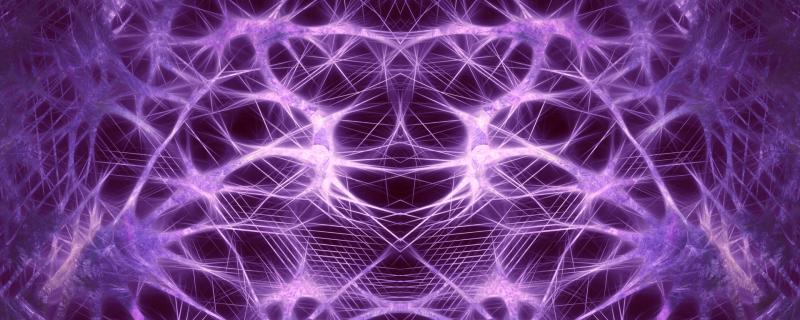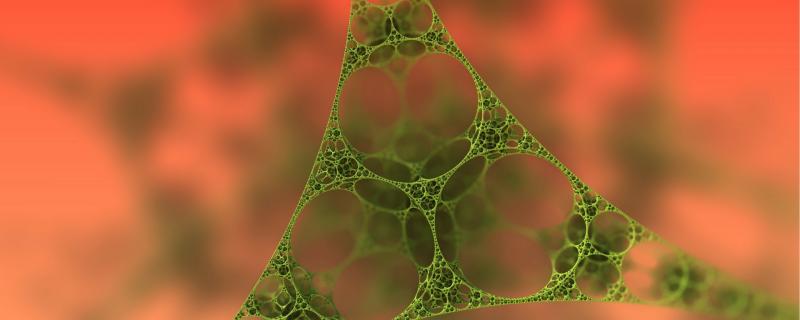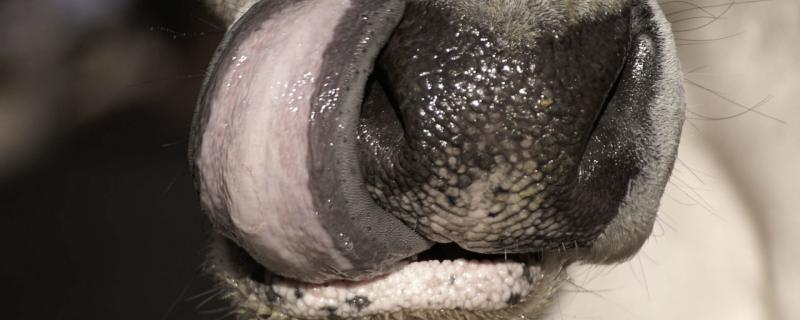In a step that could ease some tension about India's Neutrino Observatory, the Indian National Science Academy (INSA), the National Academy of Sciences (NAS) and Indian Academy of Sciences (IAS) have issued a joint statement supporting the India-based neutrino observatory to be set up in Bodi West Hills in Theni district of Tamil Nadu.
A newly observed gravitational wave event from the collision of two massive, rapidly spinning black holes forces scientists to reconsider how these cosmic giants are born and grow.










